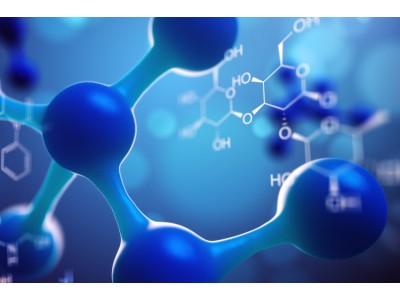| Bioactivity | PF-CBP1 hydrochloride is a highly selective inhibitor of the CREB binding protein bromodomain (CBP BRD). PF-CBP1 inhibits CREBBP and EP300 bromodomains with IC50 of 125 nM and 363 nM respectively. PF-CBP1 hydrochloride reduces LPS-induced inflammatory cytokines expression (IL-1β, IL-6 and IFN-β) in primary macrophages. PF-CBP1 hydrochloride also downregulates RGS4 expression cortical neurons and can be used for the research of neurological disorders, including epilepsy and parkinson's disease, et al[1]. |
| Invitro | ITC is the label-free technique for determining KD values, PF-CBP1 is against CBP (Kd=0.19 μM) and >105-fold selective over BRD4 (Kd>20 μM) by ITC[1].PF-CBP1 displays greater than 100-fold selectivity for the bromodomain of CBP over those of BRD4 and a panel of other proteins, it against BRD2-1,BRD3-1, BRD3-2,BRD4-1, BRD4-2, BRDT-1, TAF1-2, and TAF1L-2 with IC50 values of 1.24 μM, 1.38 μM, 4.22 μM, 1.54 μM, 9.75 μM, 2.44 μM, 3.39 μM and 7.29 μM, respectively[1].PF-CBP1 (3-10 μM; pretreatment 30 mins; 4 hours) moderately reduces LPS-induced IL-6 and IFN-b expression in the J774 cell at 10 μM. And it decreases IL-1b expression evidently at 3 μM[1].PF-CBP1 (100 nM-1000 nM;24 hours) significantly reduced RGS4 mRNA levels(49% reduction) relative to vehicle in cortical neuron cells[1]. |
| Name | PF-CBP1 hydrochloride |
| CAS | 2070014-93-4 |
| Formula | C29H37ClN4O3 |
| Molar Mass | 525.08 |
| Appearance | Solid |
| Transport | Room temperature in continental US; may vary elsewhere. |
| Storage | 4°C, sealed storage, away from moisture *In solvent : -80°C, 6 months; -20°C, 1 month (sealed storage, away from moisture) |
| Reference | [1]. Chekler EL, et al. Transcriptional Profiling of a Selective CREB Binding Protein Bromodomain Inhibitor Highlights Therapeutic Opportunities. Chem Biol. 2015 Dec 17;22(12):1588-96. |

PF-CBP1 hydrochloride
CAS: 2070014-93-4 F: C29H37ClN4O3 W: 525.08
PF-CBP1 hydrochloride is a highly selective inhibitor of the CREB binding protein bromodomain (CBP BRD). PF-CBP1 inhibit
Sales Email:peptidedb@qq.com
This product is for research use only, not for human use. We do not sell to patients.